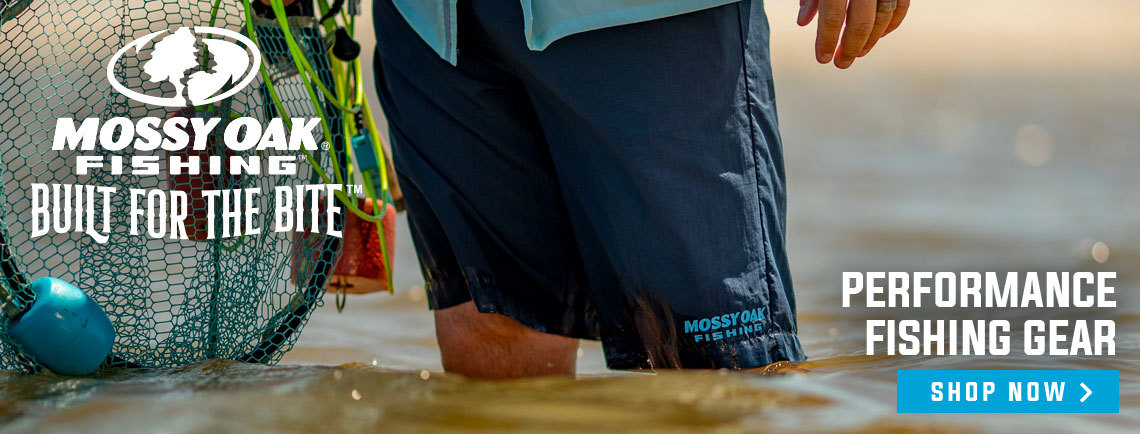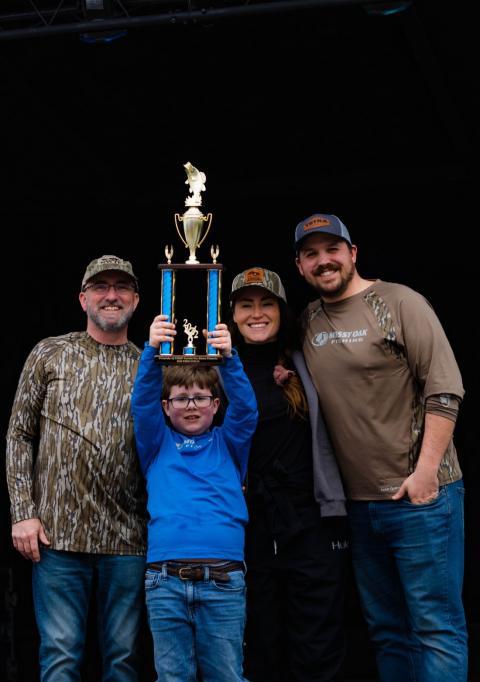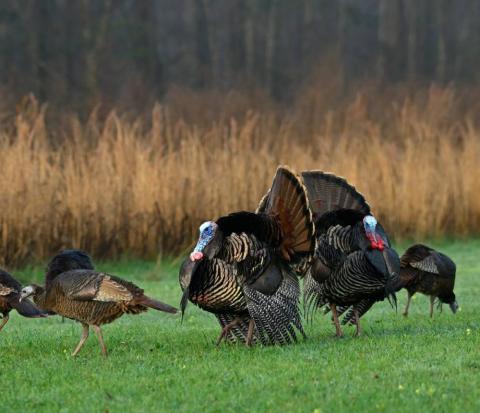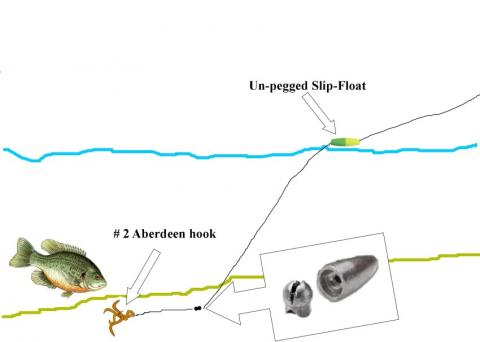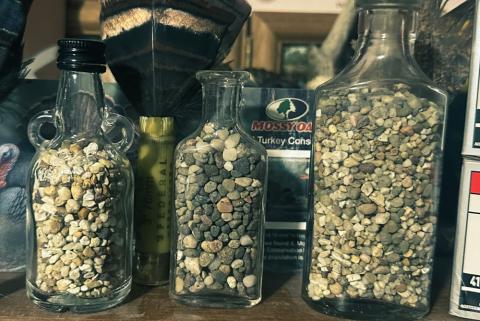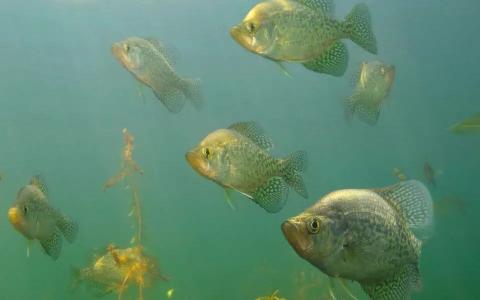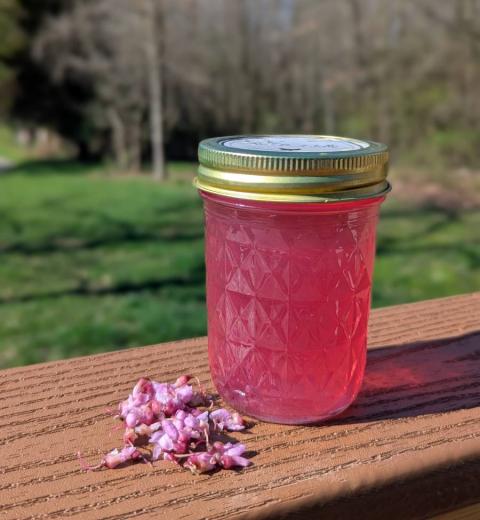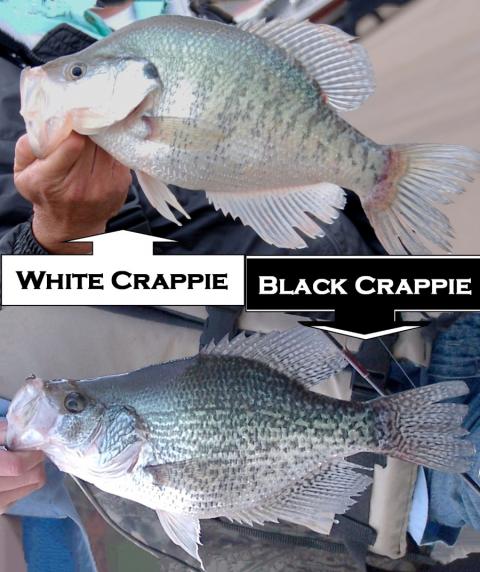Jess McGlothlin
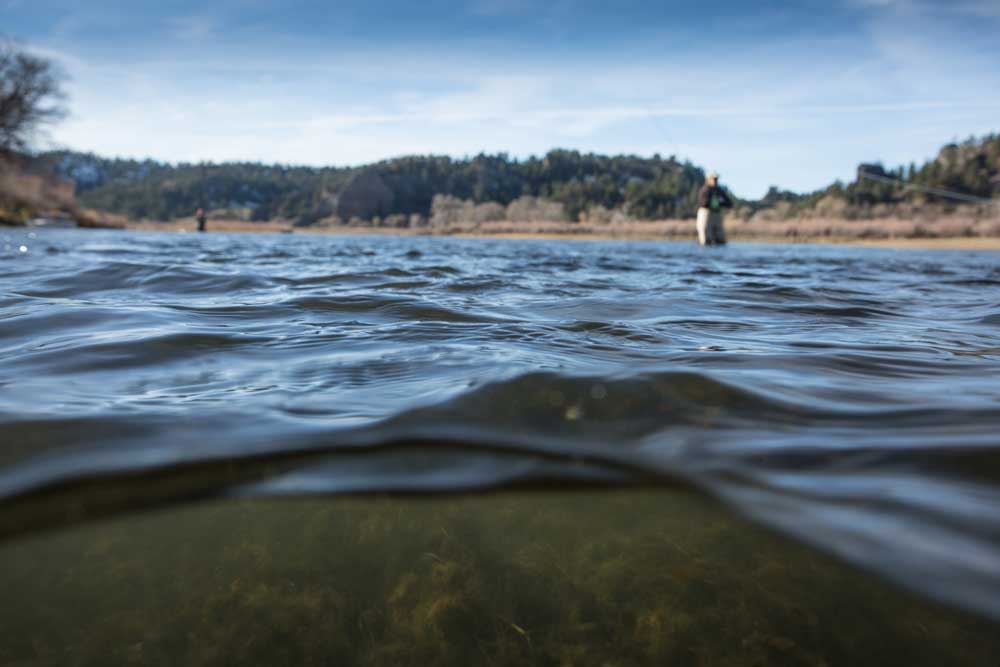
Talk to avid trout fly-fishing anglers around the country, and you’ll likely hear the terms “swing season,” “trout Spey” or even “Micro Spey.” An effective method for chasing trout during the autumn, winter and spring months, swinging for trout offers a new style of fishing and a fresh tempo for seasoned anglers. In short, trout Spey is simply taking the traditional style of two-handed Spey fishing (seen in steelhead and salmon fishing circles) and adapting it to trout.
Anglers are often on foot, taking one cast, letting the fly and the line swing through, and then taking a step downstream before casting again. This creates an almost zen-like, rhythmic way of covering runs that helps anglers develop skills they can also take back to their single-handed fishing. Unlike dry fly fishing, where the object is to remove all line drag so the fly can float naturally, anglers typically mend downstream after casting to introduce tension into the line. It’s this same tension that “swings” the fly through the water and across the run.
Why Try Trout Spey
Many fishermen have turned to trout Spey simply for the sake of a new challenge and a fresh skill set to learn. It’s an excellent skill to have when fishing close quarters without space for a back cast, and learning to properly anchor a two-handed cast will often increase an angler’s cast “vocabulary” when they pick up a single-handed rod again.
Let's face it — learning to trout Spey will increase an angler's efficiency. You will find that many Spey casting styles and casts cross over, making you a more proficient angler. For instance, the trout Spey also allows you to fish with your back against the bank. You can try other casting techniques, but few others work in close quarters, like the trout Spey. Otherwise, you're fighting false casting problems where you need more room to make a long cast.
When to Try Trout Spey
Trout Spey truly shines on big, broad rivers such as Montana’s Missouri River, where the breadth of the river provides anglers plenty of space to work through runs on a grid. Anglers can move down a step after each cast, but also reach out a little farther with each cast, covering a promising run with a grid pattern to ensure efficient water coverage. Traditional Spey anglers may be familiar with the classic “down and across” movement — same thing.
Quick note on etiquette: Just as in single-handed fishing, never step in front of another angler as they work through a run. Give people space.
A good rule of thumb when looking for promising trout Spey water is to look for water flowing at a walking pace. Cast at an angle downstream and then choose if you want to mend upstream or downstream to either accelerate or moderate the fly’s swing. As the fly comes to the end of the swing — the “dangle” — let it hang directly downstream for a few moments before stripping it in and recasting. Often, trout will hit a fly on the dangle. This pause can produce some of your most productive fishing.
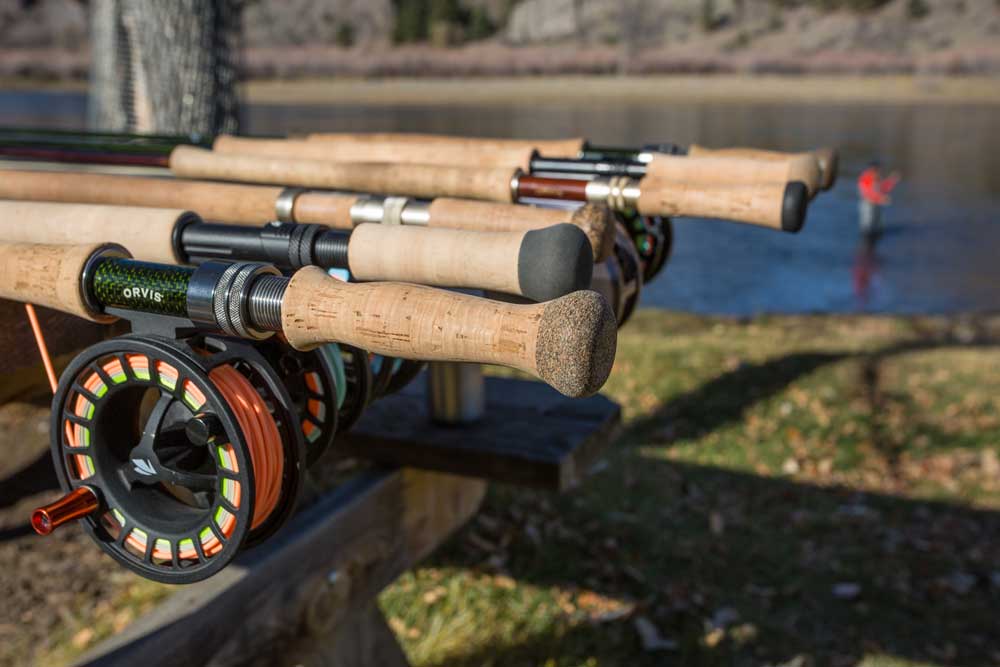
The Basic Trout Spey Gear
Rods marketed as trout Spey often fall between a 2-weight and a 5-weight. Unlike traditional Spey rods, which range from 12’6” to more than 15’ in length, trout Spey rods fall into a more manageable 10’6” to 12’6” range.
Generally, a line class on a two-handed trout Spey rod equates to two or even three line weights higher on single-handed rods. (Your 9’ 5-weight single-handed rod equates more closely to a 11’6” 3-weight.) Any kind of Spey fishing will require an anchor to the cast — either waterborne or aerial — and a “D” Loop to load the rod as part of the cast, and the movements are often easier to learn on shorter, lighter trout Spey rods than full-blooded 15’ Spey rods.
Select a reel around two line sizes larger than your rod. This helps to balance out the longer rod, which makes casting more comfortable and natural.
Lines fall into two categories: Scandi or Skagit. The details and comparison of both could easily fill several articles, and I encourage any readers to delve into the multitude of information available online. In short, Scandi lines give delicate presentations and are designed to keep the fly closer to the surface. They’re often fished with minimally-weighted or unweighted flies (commonly soft hackles).
Skagit lines, on the other hand, allow you to finesse your setup. The forward part of the line, called the head, is separate from the level running line. Heads come in different grain weights (sink rates), allowing anglers to target different depths and different profiles for varied purposes. Skagit lines are effective for heavy streamers, the increased mass allowing anglers to fish heavy sink tips and hefty flies. It’s a good idea to carry a range of shooting heads so you can tackle different water — and don’t be shy about changing them up throughout the day.
Trout Spey Tactics
Many anglers think to trout Spey they have to launch their fly across the river. Spey casting was not primarily made for anglers to cast a long way. Its purpose is to be a very fast repeatable, cyclic type of fishing. If your Spey cast is too long, these casts do not often have a nice tight line. When this happens, you will mend quickly, and the tight line will cause the presentation to mature too far out. Then, as the fly moves from current to slow water, the fly begins to sink. As the fly reaches the water you want to target, it gets caught up in moss and other sinking debris. This is the last thing you want to happen. It is better to shorten up, fish a little tighter and work more efficiently. You will find the more you control the rise, the more fish you will catch.
The double Spey can be troublesome for beginning anglers. They often have a small lift, which puts their anchor too far downriver. Beginners can avoid this by starting their double Spey with a big lift. Think of the double Spey as a big soft lift, a sweep and a forward stroke.
Depending on the wind, you may need to use the snap T. The most common mistake when using the snap T is anchor placement. A quick way to avoid poor anchor placement is to start with your rod tip low, snap it back downstream and sweep it around. Before long, it will seem effortless. The trout Spey, double Spey and snap T are casts you need to master and will use regularly.
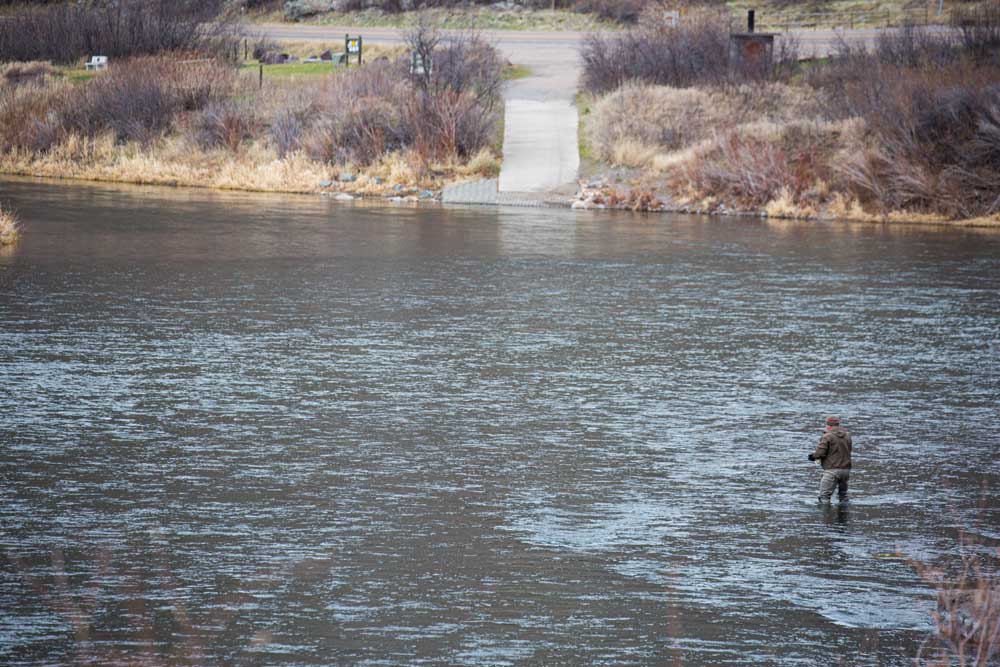
Give It a Try
Trout Spey is a tactic worth adding to any angler’s quiver. It’s often done in cold weather (autumn, winter and spring) so consider investing in quality cold-weather gear. A good pair of gloves, a thick beanie and a solid jacket go a long way. Layer up more than you think you may need — you can always shed layers throughout the day. Consider bringing along a Jetboil and something hot for lunch. It can be a day-maker to be able to warm your hands.
By nature, trout Spey is somewhat of a solitary pursuit. If you’re fishing with friends, you’ll be spread out along the run, each working through your own stretch of river as you all migrate downstream in the cast-step-swing rhythm. As you work the river in a grid pattern, you will find the trout Spey leaves few fish behind and more at the end of your line. Enjoy the quiet time on the water, remember the dangle and embrace a new style of fishing!

